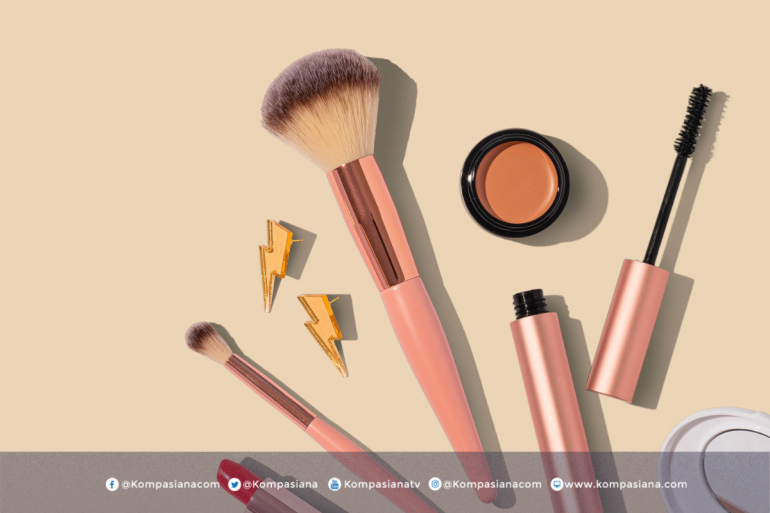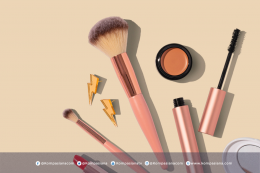Thinking of asking? AI can propose engagement rings which align with his or her Pinterest boards or Instagram favorites. It may also suggest supplementary jewelry such as a Swarovski necklace that compliments the same.
It is the personalization that makes shopping more effective and emotionally saturated. Instead of scrolling through hundreds of selections, wholesalers provide buyers with a clear-cut set of products reminiscent of something tailor-made.
Blockchain, and Ethical Jewelry
Modern consumers are becoming more and more conscious of transparency and ethics. The answer is found in technology too. The same technology used to develop cryptocurrencies which is blockchain is now being used to trace the origin of gemstones and metals.
With a QR code, consumers can trace the entire supply chain of their jewels- the mine where a diamond was mined to the artisan who made the finished product. This degree of traceability is used in fighting with such unethical activities as conflict diamonds and child labor.
or any couples who purchase engagement tackles, it is good to know about the history behind their gem as this gives both sense and security. What was at first a trend has become a necessity, and what makes ethical sourcing verifiable is technology.
The Future is Wearable Smart Jewelry
Other than ornamentation, jewelry is also turning functional. There are clever rings and bracelets which measure your health including pulse rate, level of stress and sleep patterns. Others even become digital wallets or keys to smart homes.
These are not quite as attractive as a Swarovski necklace but then the merging of beauty with practicality is only in its early stages. Designers are trying to seamlessly combine old standards of luxury materials, such as gold, platinum, and Swarovski crystals and more recent elements, such as microchips and sensors.
The results? Jewelry that doesn't just glitter, it links, educates, and empowers.
Emotional AI and Digital Heirlooms







